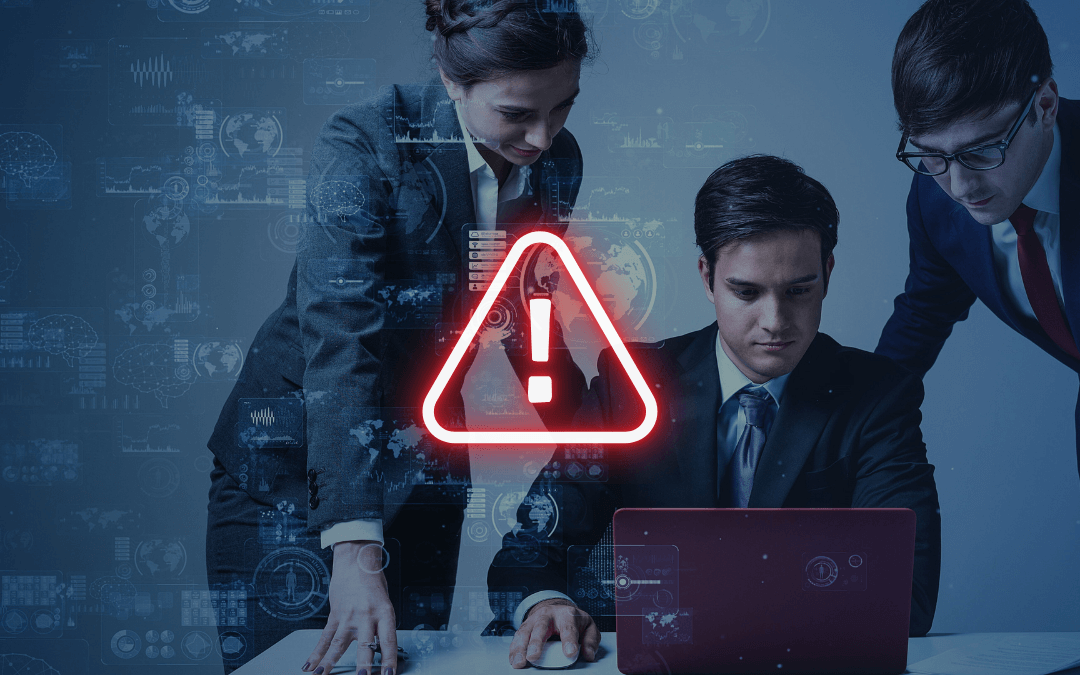In a stunning revelation, a $380 million lawsuit filed by The Clorox Company against Cognizant Technology Solutions has exposed the devastating power of social engineering in modern cybersecurity. According to a report by BleepingComputer, hackers gained access to Clorox’s systems in 2023 not through sophisticated exploits or zero-day vulnerabilities, but by using social engineering to impersonate a senior executive and trick Cognizant’s help desk into resetting multi-factor authentication (MFA) credentials. This breach, which disrupted Clorox’s operations for months and caused significant financial damage, underscores a critical lesson: robust cybersecurity policies—especially when working with third-party vendors—are essential to combat social engineering threats in today’s evolving threat landscape.
The Breach: A Social Engineering Trick with Devastating Consequences
The cyberattack on Clorox, attributed to the Scattered Spider hacking group, began with a deceptively straightforward tactic. In August 2023, hackers posed as a senior Clorox executive and contacted Cognizant’s IT help desk, a third-party vendor responsible for managing Clorox’s IT services. Using social engineering, the attackers convinced the help desk to reset the MFA credentials for the executive’s account. With access granted, the hackers infiltrated Clorox’s systems, stole sensitive data, and deployed ransomware, leading to widespread operational disruptions. This social engineering tactic exploited the trust inherent in help desk operations, highlighting how attackers can bypass even multi-factor authentication with simple manipulation. The fallout was severe: Clorox reported $380 million in losses, including recovery costs, lost revenue, and reputational damage.
This incident highlights a sobering reality: even the most advanced security systems can be undone by a single weak link. Here, that link was a lack of stringent verification processes at Cognizant’s help desk, which failed to authenticate the caller’s identity adequately. The breach’s simplicity—bypassing technical defenses through human manipulation—makes it all the more alarming. It serves as a stark reminder that cybersecurity is only as strong as the policies and people behind it.
Vetting Third Party Vendors
The Clorox breach shines a spotlight on a growing risk in modern business: reliance on third-party vendors for critical functions like IT support, cloud services, or data management. While outsourcing can improve efficiency and reduce costs, it also introduces vulnerabilities if vendors do not adhere to rigorous cybersecurity standards. Without robust defenses against social engineering, vendors become weak links in the cybersecurity chain, as seen in the Clorox breach. In this case, Cognizant’s help desk was the entry point, but the consequences rippled across Clorox’s entire operation. This incident illustrates why organizations must treat vendors as extensions of their own security perimeter.
Third-party vendors often have privileged access to sensitive systems, making them prime targets for attackers. The Clorox attack is not an isolated case. Recent years have seen similar breaches, such as the 2020 SolarWinds attack, where compromised vendor software led to widespread infiltrations of government and corporate networks. When vendors lack robust cybersecurity policies—or fail to enforce them—the risks extend far beyond their own operations, endangering their clients and their clients’ customers.
The Critical Role of Cybersecurity Policies
The Clorox breach could have been prevented with stronger cybersecurity policies, particularly around identity verification and access control. Organizations, especially those relying on third-party vendors, must prioritize the following measures to protect against similar attacks:
- Rigorous Identity Verification Protocols: Help desks and IT support teams must implement strict processes to verify the identity of anyone requesting account access or credential resets to prevent social engineering attacks. This could include multi-step authentication, such as requiring a secondary contact method (e.g., a known phone number or email) or involving a supervisor for high-privilege accounts. In Clorox’s case, a simple phone call bypassed MFA because the help desk failed to confirm the caller’s identity.
- Comprehensive Vendor Oversight: Organizations must hold third-party vendors to the same cybersecurity standards as their internal teams. This includes conducting regular audits of vendor security practices, requiring compliance with frameworks like NIST 800-53 or ISO 27001, and mandating employee training on phishing and social engineering threats. Contracts with vendors should include clear cybersecurity obligations and penalties for non-compliance.
- Employee Training and Awareness: Human error is a leading cause of breaches, and social engineering attacks exploit this vulnerability. Organizations and their vendors must invest in ongoing training to teach employees how to recognize and respond to suspicious requests. Simulated phishing exercises and regular security awareness programs can significantly reduce the risk of falling for tactics like those used by Scattered Spider.
- Least-Privilege Access: Access to sensitive systems should be restricted to the minimum necessary for each role. Even within a help desk, not all employees need the ability to reset MFA credentials for high-level accounts. Implementing role-based access controls (RBAC) and regularly reviewing permissions can limit the damage caused by a compromised account.
- Incident Response and Monitoring: Organizations must have robust incident response plans that include vendors in their scope. Real-time monitoring for unusual activity—such as unexpected credential resets or logins from unfamiliar locations—can help detect breaches early. In Clorox’s case, faster detection might have mitigated the ransomware’s impact.
- Contractual Accountability: When outsourcing critical functions, organizations should ensure that vendor contracts include clear cybersecurity requirements, such as mandatory MFA, encryption standards, and regular security assessments. Clauses for liability in the event of a breach can incentivize vendors to prioritize security.
A Wake-Up Call for Organizations
The Clorox breach is a stark reminder that cybersecurity is not just about technology—it’s about people, processes, and accountability. The success of this social engineering attack underscores the need for organizations to prioritize human-focused defenses alongside technical measures. The simplicity of the attack—impersonating an executive to trick a help desk—belies its devastating impact. It shows that hackers don’t always need advanced tools or exploits; sometimes, all it takes is “knocking on the right door” with a convincing story.
For organizations, the lesson is clear: cybersecurity policies must be comprehensive, enforced, and extended to every partner in the supply chain. Third-party vendors are not just service providers; they are potential gateways to your most sensitive systems. Failing to hold them to high standards is akin to leaving your front door unlocked in a neighborhood known for break-ins.
Moving Forward: A Call to Action
The Clorox lawsuit against Cognizant is more than a legal dispute; it’s a call to action for organizations worldwide. To prevent similar incidents, businesses must:
- Audit Vendor Security Practices: Regularly assess the cybersecurity posture of all third-party vendors, especially those with access to critical systems or data.
- Strengthen Policies: Develop and enforce clear cybersecurity policies that cover identity verification, access control, and incident response, both internally and for vendors.
- Invest in Training: Equip employees and vendor staff with the knowledge to recognize and resist social engineering attacks.
- Embrace Accountability: Ensure contracts with vendors include strict cybersecurity requirements and consequences for breaches caused by negligence.
In an era where cyberattacks are increasingly sophisticated yet disarmingly simple, organizations cannot afford to overlook the basics. The Clorox breach shows that even a single lapse in policy or vigilance can lead to catastrophic consequences. By prioritizing cybersecurity policies and holding vendors to the same high standards, businesses can close the door to attackers looking for an easy way in.

